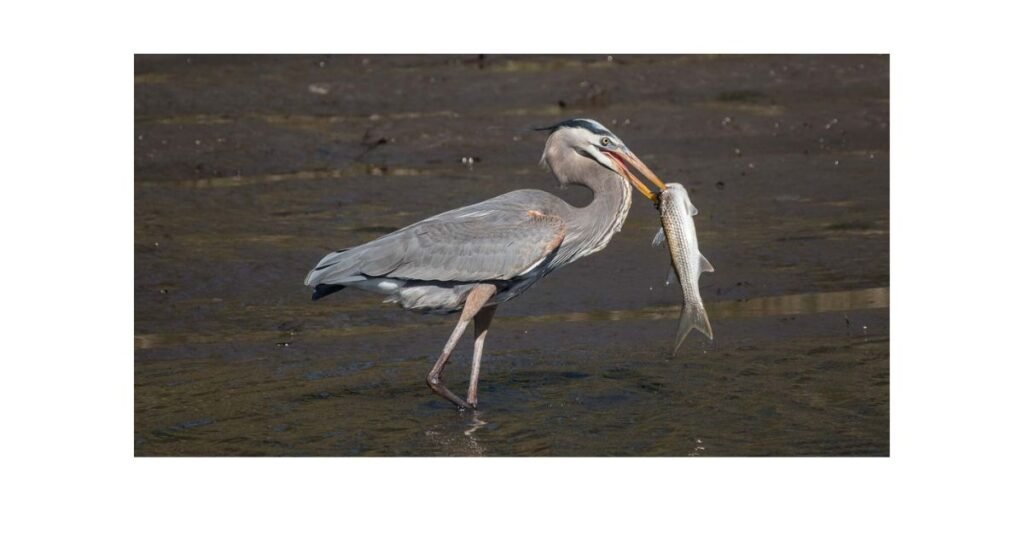Birds that fish are some of nature’s most fascinating hunters, using specialized skills and adaptations to catch aquatic prey. From the precise dives of kingfishers to the cooperative hunting of pelicans, these birds showcase various strategies to thrive in lakes, rivers, and oceans worldwide. With sharp eyesight, agile beaks, and incredible patience, fishing birds play a crucial role in balancing ecosystems and controlling fish populations. However, these skilled predators face increasing challenges from climate change, pollution, and overfishing. In this article, we’ll explore the species, behaviors, and techniques of birds that fish and how they contribute to the health of their environments.
Table of Contents
ToggleTypes of Birds That Fish
Many bird species have evolved to become expert fish hunters. Below are some of the most iconic examples:
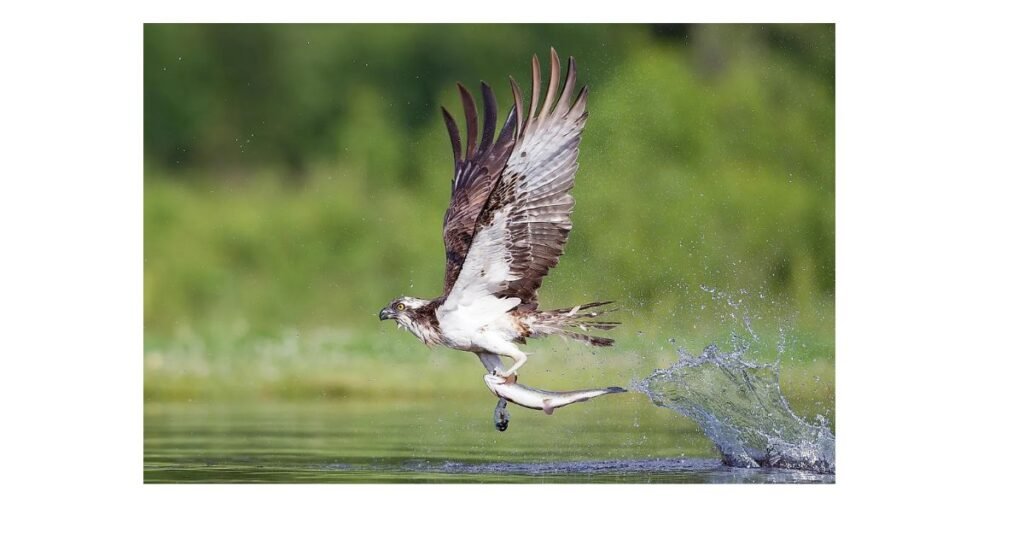
Ospreys: Masters of Diving
Ospreys are known for their spectacular dives. Hovering above water, they suddenly plummet feet-first, plunging into the water to catch fish with their sharp talons. With reversible outer toes, ospreys can adjust their grip mid-flight to ensure their prey is aligned headfirst, minimizing wind resistance.
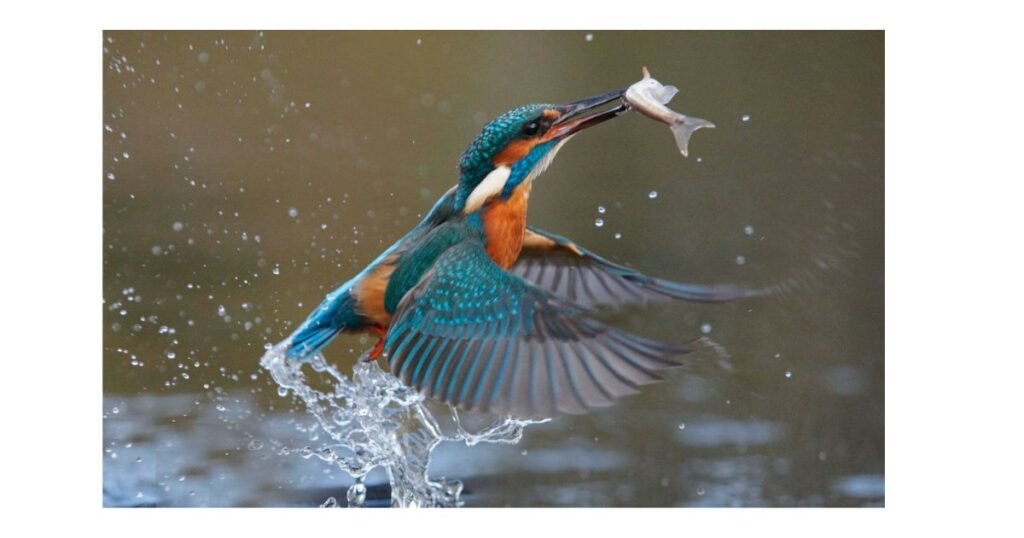
Kingfishers: Precision Plungers
Kingfishers are small yet agile birds, famous for their ability to dive headfirst into the water to catch fish. Their long, sharp beaks allow them to snatch prey with pinpoint accuracy. These birds often perch above water, waiting patiently before making their lightning-fast dive.
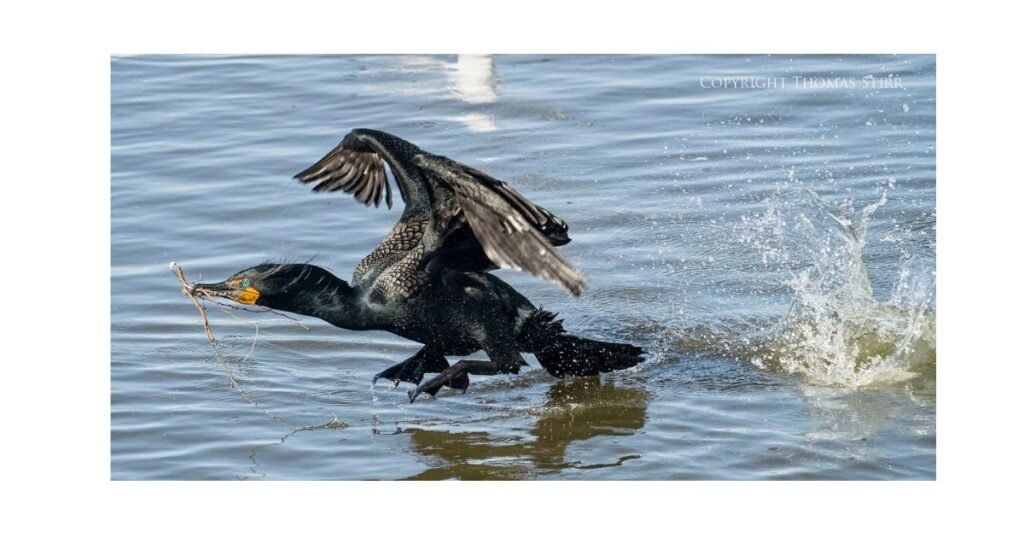
Cormorants: The Underwater Hunters
Cormorants dive beneath the surface and pursue fish underwater like other fishing birds. With their webbed feet and streamlined bodies, they are excellent swimmers. Some fishermen even train cormorants to catch fish for them, a traditional practice in parts of Asia.
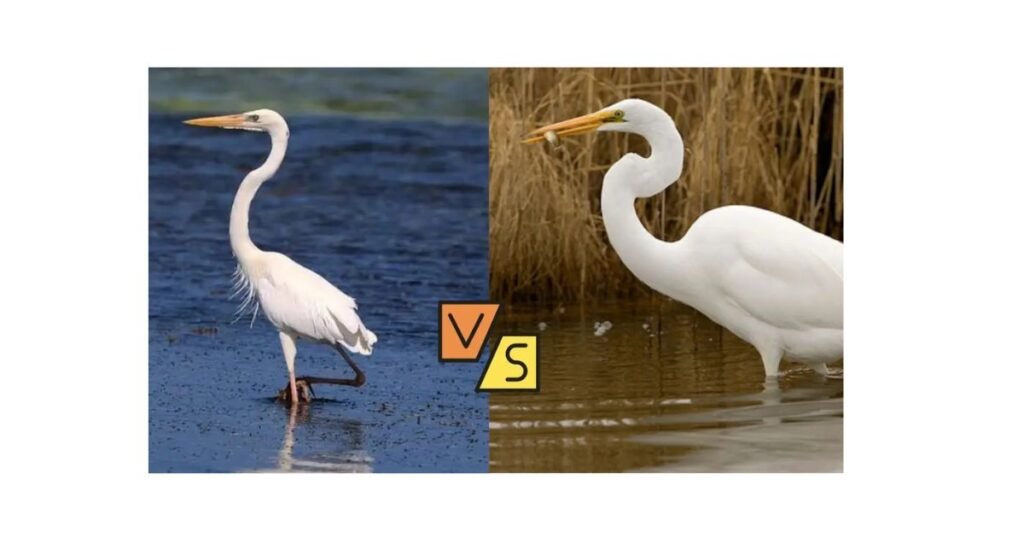
Herons and Egrets: Patience Pays Off
Herons and egrets prefer a stealthy approach. They stand perfectly still in shallow water, waiting for fish to swim by. When the moment is right, they strike lightning, grabbing their prey with their long beaks.

Pelicans: Group Hunting Experts
Pelicans are social hunters. They often work in groups to herd fish into shallow waters. Once cornered, the fish are scooped up in the pelican’s large throat pouch. This cooperative hunting behavior makes pelicans particularly effective in catching large fish.
Adaptations for Fishing Success
Birds that rely on fishing have developed remarkable adaptations over time, ensuring their hunting methods are efficient and precise.
Visual Adaptations
Fishing birds often have excellent eyesight. Ospreys and kingfishers, for example, can spot fish from high above the water. Their eyes are adapted to reduce the glare from water, ensuring clear vision even in bright sunlight.
Specialized Beaks
The shape and function of a bird’s beak are essential to its fishing strategy. Kingfishers have long, pointed beaks designed to pierce water and grab fish swiftly. Pelicans, on the other hand, have large pouches that allow them to scoop up fish efficiently.
Leg and Wing Structure
Cormorants and other diving birds have webbed feet, allowing them to propel themselves underwater. In contrast, birds like ospreys have strong wings for hovering in place, giving them better accuracy when diving.
Behavioural Adaptations
Fishing birds display incredible patience and timing. Herons stand still for hours, waiting for the perfect opportunity to strike, while ospreys time their dives to catch fish just below the water’s surface.
Fishing Techniques: Diverse Hunting Methods
Different birds employ various strategies to catch fish, tailored to their environments and physical abilities.
Solo Hunters: Osprey’s Dive Bombing
Ospreys are solitary hunters. They hover in the air and dive sharply to grab fish with their talons. These birds often carry their prey headfirst during flight, reducing wind resistance as they return to their nests.
Surface Skimmers: Terns and Gulls
Some birds, like terns, skim along the surface of the water, scooping up fish without diving. This method requires precise coordination of flight speed and water surface conditions.
Group Hunters: Pelicans Herding Fish
Pelicans use teamwork to hunt. By swimming in unison and flapping their wings, they drive fish toward shallow water. Once trapped, the fish are scooped up in their expandable pouches.
Underwater Pursuit: Cormorants
Cormorants dive and swim actively to catch fish, often chasing prey under the surface. Their webbed feet and low buoyancy make them highly efficient underwater hunters.
Habitats and Environmental Factors
Fishing birds are highly adaptable and can thrive in a variety of environments. However, their success often depends on the availability of fish and environmental conditions.
Freshwater vs. Saltwater Habitats
Fishing birds inhabit both freshwater and saltwater ecosystems. Ospreys and herons are common along rivers and lakes, while pelicans and gulls prefer coastal areas and open oceans.
Impact of Seasons and Weather on Fishing Success
Fishing birds adjust their behavior based on seasonal changes. For example, migratory birds like ospreys travel to warmer regions during winter to ensure a steady supply of fish.
Bird Behavior Around Rivers, Lakes, and Oceans
Fishing birds often gather near bodies of water where fish are abundant. They prefer areas with minimal human interference, such as remote lakes or protected coastal regions.
Ecosystem Contributions of Fishing Birds
Fishing birds play an essential role in maintaining the balance of aquatic ecosystems.
Balancing Fish Populations
By preying on fish, these birds help prevent overpopulation, which could otherwise disrupt aquatic ecosystems.
Seed Dispersal and Habitat Support
Some fishing birds inadvertently spread seeds, contributing to plant growth in wetland areas. Their movements also promote the health of aquatic habitats.
Bird Waste as Fertilizer
The waste produced by fishing birds contains nutrients that enrich the soil, benefiting plant life around lakes, rivers, and coasts.
Threats and Conservation of Fishing Birds
Despite their adaptability, fishing birds face significant challenges in the modern world.
Pollution and Overfishing
Industrial activities and pollution have reduced the availability of fish in many areas, forcing fishing birds to travel farther to find food. Overfishing by humans also creates competition, endangering these birds’ survival.
Climate Change Impact
Rising water temperatures and changing fish migration patterns due to climate change affect the feeding habits of fishing birds. Coastal birds are particularly vulnerable to rising sea levels and habitat loss.
Efforts for Conservation
Organizations worldwide are working to protect fishing birds through habitat preservation, fishing regulations, and conservation programs. Bird sanctuaries and protected wetlands are essential for ensuring the survival of these species.
How You Can Help
Individuals can contribute to conservation by supporting bird-friendly initiatives, reducing plastic waste, and participating in citizen science projects that monitor bird populations.
Fun Facts and Notable Stories About Fishing Birds
Fishing birds have captured the imagination of people across cultures and centuries.
Ancient Symbolism of Fishing Birds
In some cultures, fishing birds symbolize prosperity and patience. For example, the kingfisher is a symbol of peace and abundance in European folklore.
Famous Birds in Mythology and Folklore
Fishing birds appear in many myths and stories. Ancient Egyptians believed that herons represented the morning sun and new beginnings.
Unusual Bird-Fishing Partnerships
In China and Japan, fishermen have trained cormorants for centuries to catch fish. A ring placed around the bird’s neck prevents it from swallowing large fish, which the fisherman retrieves.
FAQS about Birds That Fish
Which birds are known for catching fish?
Birds like ospreys, kingfishers, cormorants, herons, and pelicans are well-known for their fishing abilities, using diverse hunting techniques to catch prey from water bodies.
How do birds like ospreys catch fish?
Ospreys hover above water and dive feet-first to snatch fish with their sharp talons. Their reversible outer toes help them carry fish headfirst during flight, reducing drag.
Why do pelicans hunt in groups?
Pelicans often hunt in groups to herd fish toward shallow waters, making it easier to scoop up prey with their large throat pouches. This cooperative strategy improves their hunting success.
What are the threats to fishing birds?
Fishing birds face challenges like pollution, overfishing, habitat loss, and climate change, which affect their food supply and nesting grounds.
How can we help protect fishing birds?
You can support fishing birds by reducing plastic waste, supporting conservation organizations, and promoting bird-friendly wetlands and protected areas.

